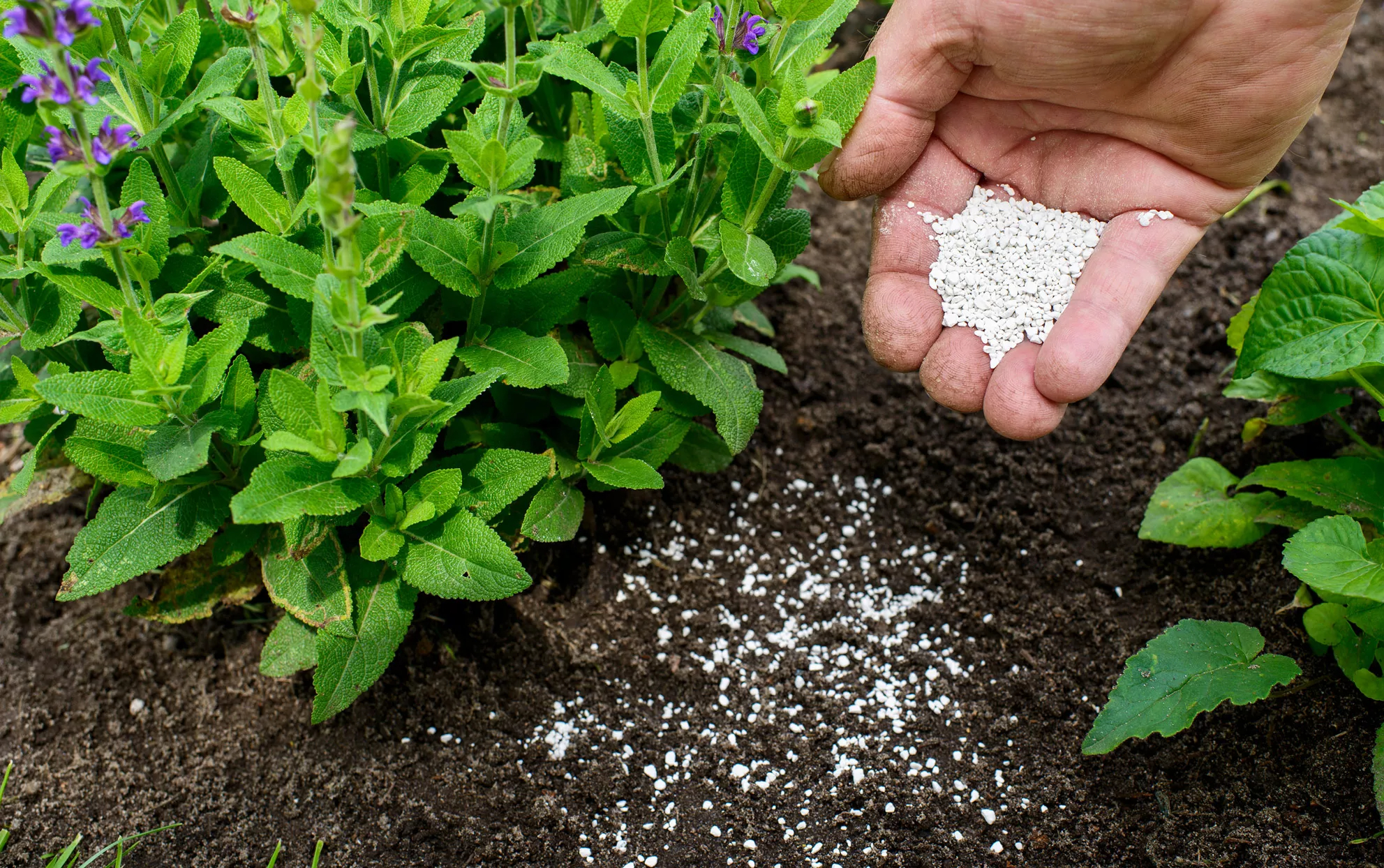

Articles
How Long Is Fertilizer Good For
Modified: March 1, 2024
Discover how long fertilizer remains effective and useful. Read articles and tips on proper storage and shelf life for various types of fertilizers.
(Many of the links in this article redirect to a specific reviewed product. Your purchase of these products through affiliate links helps to generate commission for Storables.com, at no extra cost. Learn more)
Introduction
Fertilizer plays a crucial role in agriculture, providing essential nutrients to plants and promoting healthy growth. However, like any other product, fertilizers have a limited shelf life. Understanding how long fertilizer remains effective is essential for farmers and gardeners to ensure optimal plant nutrition. In this article, we will explore the factors affecting fertilizer shelf life, how to determine if your fertilizer is still good, and ways to extend its longevity.
Fertilizer shelf life can vary depending on several factors, including the type of fertilizer, storage conditions, and the specific nutrients it contains. The shelf life of fertilizer refers to the period in which it remains effective in providing nutrients to plants. Over time, the quality and efficacy of fertilizer can degrade, resulting in diminished nutrient content.
One of the key factors influencing fertilizer shelf life is the type of fertilizer itself. Different fertilizers have varying compositions, including different nutrient ratios and chemical forms. For example, organic fertilizers, such as compost or manure, have a more complex nutrient composition and tend to have a shorter shelf life compared to synthetic fertilizers.
Storage conditions also play a significant role in determining fertilizer longevity. Factors such as temperature, humidity, and exposure to sunlight can impact the stability of the fertilizer. Ideally, fertilizer should be stored in a cool, dry place away from direct sunlight and moisture. Improper storage conditions can accelerate the degradation of nutrients and render the fertilizer ineffective more quickly.
Additionally, the nutrient content of the fertilizer itself can affect its shelf life. Some nutrients, such as nitrogen, can be more volatile and prone to leaching or evaporation, resulting in a shorter shelf life. On the other hand, nutrients like phosphate and potassium tend to be more stable and have a longer shelf life.
It is important for farmers and gardeners to be aware of the shelf life of their fertilizers to avoid applying expired or ineffective products to their plants. The next section will discuss how to determine whether your fertilizer is still good and provides adequate nutrients for your plants.
Key Takeaways:
- Proper storage, handling, and monitoring of fertilizer conditions are crucial to maintain its effectiveness and extend its shelf life, ensuring optimal plant nutrition and healthy growth.
- Recognizing signs of expired fertilizers and understanding their environmental impact can help minimize negative consequences and promote responsible fertilizer usage for a healthier ecosystem.
Read more: What Is A Good Fertilizer For Grass
Factors Affecting Fertilizer Shelf Life
Several factors can influence the shelf life of fertilizers. Understanding these factors can help farmers and gardeners make informed decisions about the storage and usage of their fertilizers. Here are the key factors that can affect fertilizer shelf life:
- Type of Fertilizer: Different types of fertilizers have varying compositions and nutrient ratios, resulting in different shelf lives. For example, organic fertilizers, such as compost or manure, contain complex organic matter that can decompose over time, leading to a shorter shelf life. In contrast, synthetic fertilizers tend to have a longer shelf life due to their precise nutrient content and stability.
- Nutrient Composition: The specific nutrients present in the fertilizer can impact its shelf life. Some nutrients, such as nitrogen, can be volatile and prone to leaching or evaporation, leading to a shorter shelf life. On the other hand, nutrients like phosphate and potassium are more stable and can retain their effectiveness for a longer period.
- Storage Temperature: Temperature plays a critical role in determining fertilizer shelf life. High temperatures can accelerate the degradation of nutrients, especially in organic fertilizers. Ideally, fertilizers should be stored in a cool environment to maintain their efficacy. Avoid exposure to extreme temperatures, as it can lead to nutrient loss and reduced effectiveness.
- Humidity and Moisture: Exposure to moisture and high humidity levels can negatively impact the shelf life of fertilizers. Moisture can cause clumping and caking, making it difficult to spread evenly. It can also lead to the growth of bacteria and fungi, which can degrade the fertilizer’s nutrient content. To prevent moisture-related issues, store fertilizers in a dry place with proper ventilation.
- Exposure to Light: Sunlight and ultraviolet (UV) radiation can degrade the nutrients in fertilizers, particularly in synthetic fertilizers. UV radiation can break down certain chemicals and reduce the fertilizer’s nutrient content and effectiveness. It is advisable to store fertilizers in opaque containers or in shaded areas to protect them from prolonged exposure to sunlight.
- Packaging: The quality of the fertilizer packaging can directly impact its shelf life. Airtight and moisture-resistant packaging helps to maintain the nutrient content and prevent moisture absorption. Ensure that the packaging is intact and free from any tears or holes that could allow moisture or air to enter.
By understanding these factors, farmers and gardeners can take appropriate measures to prolong the shelf life of their fertilizers and ensure their plants receive the necessary nutrients for optimal growth. The next section will discuss how to determine if your fertilizer is still good and effective.
Determining Fertilizer Shelf Life
Determining the shelf life of fertilizer is essential to ensure that it is still effective and provides the necessary nutrients to plants. Here are some methods to help you determine the shelf life of your fertilizer:
- Check the Expiration Date: Most commercially available fertilizers come with an expiration date printed on the packaging. This date indicates the manufacturer’s estimate of how long the fertilizer will retain its effectiveness. It is important to adhere to the expiration date and avoid using fertilizers that have passed their expiration date.
- Inspect the Physical Appearance: Visual inspection can provide some clues about the condition of the fertilizer. Look for any signs of clumping, caking, or discoloration. These can indicate moisture absorption or degradation of the fertilizer. Fertilizers that appear dry, free-flowing, and have their original color are more likely to be effective.
- Perform a Solubility Test: Some fertilizers, such as water-soluble fertilizers, can be tested for their solubility. Take a small amount of fertilizer and dissolve it in water according to the manufacturer’s instructions. If the fertilizer dissolves completely and leaves no residue, it is a good indication that it is still effective. However, if there is significant residue or the fertilizer does not dissolve properly, it may have lost its efficacy.
- Conduct a Nutrient Analysis: Professional testing labs can analyze the nutrient content of the fertilizer. They can provide accurate measurements of the nutrient levels, allowing you to determine if the fertilizer still contains an adequate amount of nutrients. This can be especially useful for larger-scale agricultural operations or if you have concerns about the fertilizer’s effectiveness.
- Observe Plant Response: One of the most practical methods to determine the effectiveness of fertilizer is by observing plant response. If plants show healthy growth and exhibit no signs of nutrient deficiencies, it indicates that the fertilizer is still providing adequate nutrition. However, if plants show stunted growth, discoloration, or other signs of nutrient deficiencies, it may indicate that the fertilizer is no longer effective.
It is important to note that while these methods can provide some guidance, they may not always guarantee accurate results. Factors such as storage conditions, fertilizer composition, and environmental factors can impact the shelf life and effectiveness of the fertilizer. When in doubt, it is advisable to err on the side of caution and replace old or expired fertilizers to ensure optimal plant nutrition.
Now that we have discussed how to determine the shelf life of fertilizer, let us explore the common types of fertilizers and their respective shelf lives.
Common Types of Fertilizer and Their Shelf Life
There are several types of fertilizers available in the market, each with its own composition and nutrient content. Understanding the shelf life of different types of fertilizers is crucial for their effective usage. Here are some common types of fertilizers and their respective shelf lives:
- Organic Fertilizers: Organic fertilizers are derived from natural sources, such as plant matter, animal manure, and compost. These fertilizers have a shorter shelf life compared to synthetic fertilizers. Depending on the composition and moisture content, organic fertilizers can last anywhere from a few months to a year. It is important to store organic fertilizers in a cool and dry place to maintain their efficacy.
- Synthetic Fertilizers: Synthetic fertilizers are manufactured using chemical processes, resulting in precise nutrient ratios. These fertilizers tend to have a longer shelf life compared to organic fertilizers. Generally, synthetic fertilizers can last for one to three years, depending on the specific formulation and storage conditions. Proper sealing and storage away from moisture and extreme temperatures are important to preserve the effectiveness of synthetic fertilizers.
- Soluble Fertilizers: Soluble fertilizers, also known as water-soluble fertilizers, are formulated to dissolve easily in water. They are typically used for foliar spraying or in irrigation systems. The shelf life of soluble fertilizers can vary but is generally around one to two years if stored correctly. It is important to store these fertilizers in airtight containers to prevent moisture absorption and clumping.
- Granular Fertilizers: Granular fertilizers are in the form of small pellets or granules that are spread on the soil surface. They release nutrients gradually over time. The shelf life of granular fertilizers can vary depending on the specific formulation and storage conditions. On average, granular fertilizers can last for one to five years. Ensure that the granules are stored in airtight bags or containers to prevent moisture absorption and nutrient degradation.
- Controlled-Release Fertilizers: Controlled-release fertilizers, also known as slow-release fertilizers, are designed to release nutrients gradually over an extended period. These fertilizers often have a longer shelf life compared to other types. Depending on the specific formulation, controlled-release fertilizers can last anywhere from three to twelve months or even longer. It is important to store them in a cool and dry place to maintain their efficacy.
- Specialty Fertilizers: Specialty fertilizers are formulated for specific plants or specific nutrient requirements. These can include fertilizers for acid-loving plants, orchids, or specific micronutrients. The shelf life of specialty fertilizers can vary depending on the formulation and nutrient content. It is important to follow the manufacturer’s instructions and guidelines for proper storage and usage.
It is important to note that these are general estimations of shelf life, and the actual longevity of fertilizers can vary depending on various factors, including storage conditions and the specific brands or formulations. Always refer to the manufacturer’s guidelines and any expiration dates provided on the packaging to ensure the effectiveness of the fertilizer.
Now that we have discussed the shelf lives of different types of fertilizers, let’s explore the signs that indicate an expired or ineffective fertilizer.
Signs of Expired Fertilizer
Using expired or ineffective fertilizer can have a negative impact on plant health and growth. It is important to be able to identify the signs of expired fertilizer to ensure that you are providing your plants with the necessary nutrients. Here are some common signs that indicate an expired or ineffective fertilizer:
- Unpleasant Odor: If your fertilizer has a strong foul odor, it may indicate that it has gone bad. Foul smells can be a sign of decomposition or the presence of harmful bacteria, rendering the fertilizer ineffective or potentially harmful to plants.
- Clumping or Caking: Expired fertilizers often clump or cake together, making it difficult to spread evenly. This clumping can occur due to moisture absorption or chemical reactions within the fertilizer. The clumps may be hard or compacted, indicating that the fertilizer has lost its granular form and may have reduced nutrient content.
- Change in Color or Appearance: If the color or appearance of the fertilizer has changed significantly, it may indicate degradation or nutrient loss. Discoloration, such as a faded or darkened color, can be a sign that the fertilizer has expired and may no longer provide the necessary nutrients to plants.
- Ineffective Plant Growth: One of the most noticeable signs of an expired fertilizer is when plants do not respond to its application. If your plants show stunted growth, discoloration, or signs of nutrient deficiencies despite proper fertilizer usage, it may indicate that the fertilizer is no longer effective or does not contain sufficient nutrients.
- Lack of Dissolvability: For water-soluble fertilizers, if they do not dissolve properly in water according to the manufacturer’s instructions, it may indicate that they have expired or lost their solubility. The presence of residue or undissolved particles can also suggest reduced nutrient content and effectiveness.
- Expired Expiration Date: If your fertilizer has passed its expiration date, it is best to err on the side of caution and assume that it is no longer effective. Expired expiration dates indicate that the manufacturer no longer guarantees the fertilizer’s efficacy or nutrient content.
Keep in mind that these signs may not always be definitive proof of fertilizer expiration, as other factors can also impact fertilizer performance. However, if you notice multiple signs or have doubts about the fertilizer’s effectiveness, it is advisable to replace it with a fresh batch to ensure optimal plant nutrition.
In the next section, we will discuss proper storage and handling practices to help extend the shelf life of your fertilizer.
Store fertilizer in a cool, dry place to maintain its effectiveness. Check the expiration date on the packaging and use it within that timeframe for best results.
Read more: What Is A Good Fertilizer For Bermuda Grass
Proper Storage and Handling of Fertilizer
Proper storage and handling of fertilizer are crucial to maintain its effectiveness and extend its shelf life. By following these guidelines, you can ensure that your fertilizer remains in good condition and provides the necessary nutrients to your plants:
- Store in a Cool and Dry Place: Fertilizer should be stored in a cool, dry location to prevent the degradation of nutrients. High temperatures can accelerate nutrient breakdown, reducing the fertilizer’s efficacy. Moisture can lead to clumping, caking, and the growth of harmful bacteria. Choose a storage area that is well-ventilated and protected from direct sunlight and extreme temperature fluctuations.
- Use Airtight Containers: If possible, transfer your fertilizer into airtight containers to prevent moisture absorption and exposure to air. Airtight containers help maintain the integrity of the fertilizer and preserve its nutrient content. This is especially important for granular or powdered fertilizers that are prone to absorbing moisture and becoming lumpy.
- Keep Away from Children and Pets: Store your fertilizer in a secure location that is inaccessible to children and pets. Fertilizers can contain chemicals that may be harmful if ingested. Be sure to follow the manufacturer’s recommendations for safe handling and storage of the specific fertilizer you are using.
- Label and Organize: Properly label your fertilizer containers with the product name, expiration date, and any other relevant information. This will help you keep track of the age and shelf life of each fertilizer. Keep your fertilizers organized and separate from other gardening supplies to avoid confusion and potential cross-contamination.
- Handle with Care: When handling fertilizers, especially concentrated ones, wear appropriate protective gear such as gloves and goggles. Avoid inhaling or ingesting the fertilizer, as some chemicals may be hazardous. Follow the instructions on the packaging for proper handling and usage of the fertilizer.
- Keep Fertilizers in Original Packaging: Whenever possible, store fertilizers in their original packaging. Manufacturers design packaging to provide protection and maintain the quality and effectiveness of the fertilizer. Original packaging often includes important information about shelf life, appropriate application rates, and safety precautions.
By following these storage and handling guidelines, you can help maintain the effectiveness and extend the shelf life of your fertilizers. Proper storage practices will ensure that your fertilizers retain their nutrient content and remain in good condition when it’s time to use them on your plants.
In the next section, we will explore some additional tips to help you extend the shelf life of your fertilizers.
Extending the Shelf Life of Fertilizer
While fertilizers have a limited shelf life, there are several steps you can take to extend their longevity and maintain their effectiveness. By following these tips, you can ensure that your fertilizers remain potent and provide the necessary nutrients for your plants:
- Properly Seal Containers: After each use, ensure that fertilizer containers are tightly sealed to prevent air and moisture from entering. Exposure to air can lead to nutrient degradation and reduced effectiveness over time.
- Avoid Excessive Exposure to Heat: High temperatures can accelerate nutrient breakdown in fertilizers. Store your fertilizers in a cool area away from heat sources, such as direct sunlight, radiators, or hot water pipes.
- Prevent Moisture Absorption: Moisture can cause clumping or caking of fertilizer, making it difficult to use and reducing efficacy. Store your fertilizers in a dry location and avoid any exposure to moisture or high humidity. Consider using desiccant packs or moisture-absorbing packets to help maintain dry conditions.
- Monitor Storage Conditions: Regularly check the storage area for any signs of moisture, temperature fluctuations, or damage to the containers. Address any issues promptly to ensure the optimal storage conditions for your fertilizers.
- Rotate Stock: Utilize the “first-in, first-out” principle when using fertilizers. Use older fertilizers before newer ones to prevent them from expiring unused. Labeling and organizing your fertilizers can help you keep track of their purchase or expiration dates.
- Properly Dispose of Expired Fertilizer: If you have expired fertilizers that are no longer effective, it’s important to dispose of them properly. Follow local regulations for the disposal of fertilizers or consider contacting local waste management authorities for guidance.
- Consider Small-Scale Packaging: If you have a smaller garden or only need small amounts of fertilizer at a time, consider purchasing fertilizers in smaller quantities. This can help minimize exposure to air and moisture, reducing the chances of fertilizer degradation.
- Check for Pest Infestation: Inspect your fertilizers for signs of insect or pest activity, such as larvae or eggs. Pest infestation can compromise the quality of the fertilizer and lead to further issues in your garden. If you notice any signs of pests, discard the affected fertilizer and take preventive measures to avoid future infestations.
By implementing these practices, you can maximize the shelf life of your fertilizers and ensure that they maintain their effectiveness over time. Proper storage, handling, and attention to environmental conditions will help preserve the nutrient content and quality of your fertilizers.
In the final section, we will discuss the environmental impact of using expired or ineffective fertilizers.
Environmental Impact of Expired Fertilizer
The use of expired or ineffective fertilizer can have negative environmental impacts. It is crucial to understand these consequences to make informed decisions and minimize potential harm. Here are some environmental considerations related to expired fertilizer:
- Runoff and Water Pollution: When expired fertilizers are used, their nutrient content may not be effectively absorbed by plants. The excess nutrients can leach into the soil or wash away with rainfall, leading to runoff. This runoff can enter water bodies such as lakes, rivers, or streams, causing nutrient pollution or eutrophication. Excessive nutrients in water bodies can disrupt aquatic ecosystems, leading to algal blooms, oxygen depletion, and harm to fish and other aquatic organisms.
- Soil Contamination: Expired or improperly stored fertilizers can contaminate the soil. Some fertilizers contain chemicals or heavy metals that, when released into the soil, can persist and accumulate over time. This contamination can adversely affect soil health, microbial activity, and the growth of plants. It can also seep into groundwater, further compromising water quality.
- Loss of Biodiversity: When expired fertilizers are applied, they can affect the balance of nutrients in the soil. This can lead to changes in plant composition and reduce the diversity of plant species in the affected areas. Loss of plant biodiversity can have far-reaching consequences for the overall ecosystem, including the habitats and food sources available to wildlife.
- Air and Climate Impact: The chemical components of expired fertilizers can contribute to air pollution. When fertilizers break down or degrade, they may release greenhouse gases, such as nitrous oxide or ammonia, into the atmosphere. These greenhouse gases contribute to climate change and air pollution, with potential implications for human and environmental health.
- Disruption of Soil Microbes: Expired fertilizers can disrupt the balance of beneficial microorganisms in the soil. These microbes play a crucial role in nutrient cycling and maintaining soil fertility. When improperly used or expired fertilizers are applied, they can harm these beneficial microbes, leading to imbalances in the soil ecosystem and reduced overall soil health.
To minimize the environmental impact of fertilizer use, it is important to properly store, handle, and use fertilizers within their recommended shelf life. Follow the manufacturer’s instructions for application rates and timing to avoid overuse or unnecessary fertilizer application. Consider soil testing to assess the nutrient needs of your plants and apply fertilizers in a targeted manner.
Additionally, implementing sustainable agricultural practices, such as crop rotation, using organic fertilizers, and promoting soil conservation techniques, can help reduce reliance on chemical fertilizers and mitigate their environmental impact.
By being mindful of the environmental consequences and adopting responsible fertilizer practices, we can contribute to the preservation and health of our ecosystems.
Now that we have explored the environmental impact of expired fertilizers, let’s conclude our discussion.
Conclusion
Fertilizers play a vital role in providing essential nutrients to plants and ensuring their healthy growth. Understanding the shelf life of fertilizers is crucial for farmers and gardeners to optimize their effectiveness. By considering factors such as fertilizer type, nutrient composition, and storage conditions, we can determine and maintain the longevity of fertilizers.
Proper storage and handling practices are essential for preserving fertilizer efficacy. Storing fertilizers in cool, dry places, using airtight containers, and avoiding exposure to heat and moisture can help extend their shelf life. Regularly monitoring storage conditions and disposing of expired fertilizers responsibly are also important steps to ensure their effectiveness and minimize environmental impact.
Recognizing the signs of expired fertilizers, such as unpleasant odors, clumping, changes in color, and ineffective plant growth, can help prevent the use of ineffective products. It’s important to remember that expired fertilizers may not provide the necessary nutrients for plant health and growth.
The environmental impact of expired or ineffective fertilizers should also be considered. Runoff and water pollution, soil contamination, loss of biodiversity, and air and climate impacts can occur when fertilizers are misused or improperly stored. By practicing responsible fertilizer usage and implementing sustainable farming practices, we can minimize the negative environmental consequences.
In conclusion, by understanding the factors affecting fertilizer shelf life, properly storing and handling fertilizers, recognizing signs of expiration, and considering the environmental impacts, we can ensure that our fertilizers remain effective, promote healthy plant growth, and protect our environment for generations to come.
Frequently Asked Questions about How Long Is Fertilizer Good For
Was this page helpful?
At Storables.com, we guarantee accurate and reliable information. Our content, validated by Expert Board Contributors, is crafted following stringent Editorial Policies. We're committed to providing you with well-researched, expert-backed insights for all your informational needs.
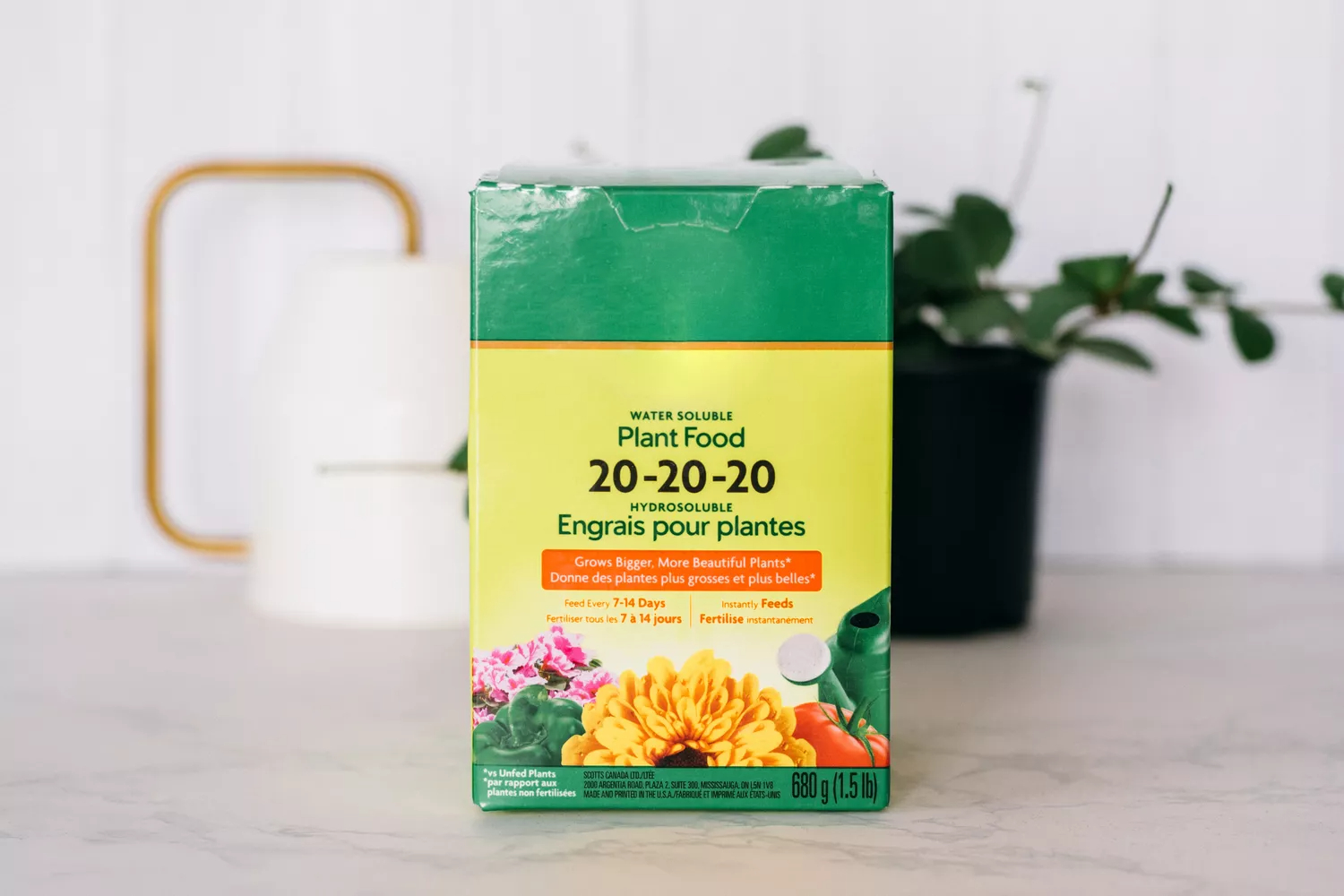
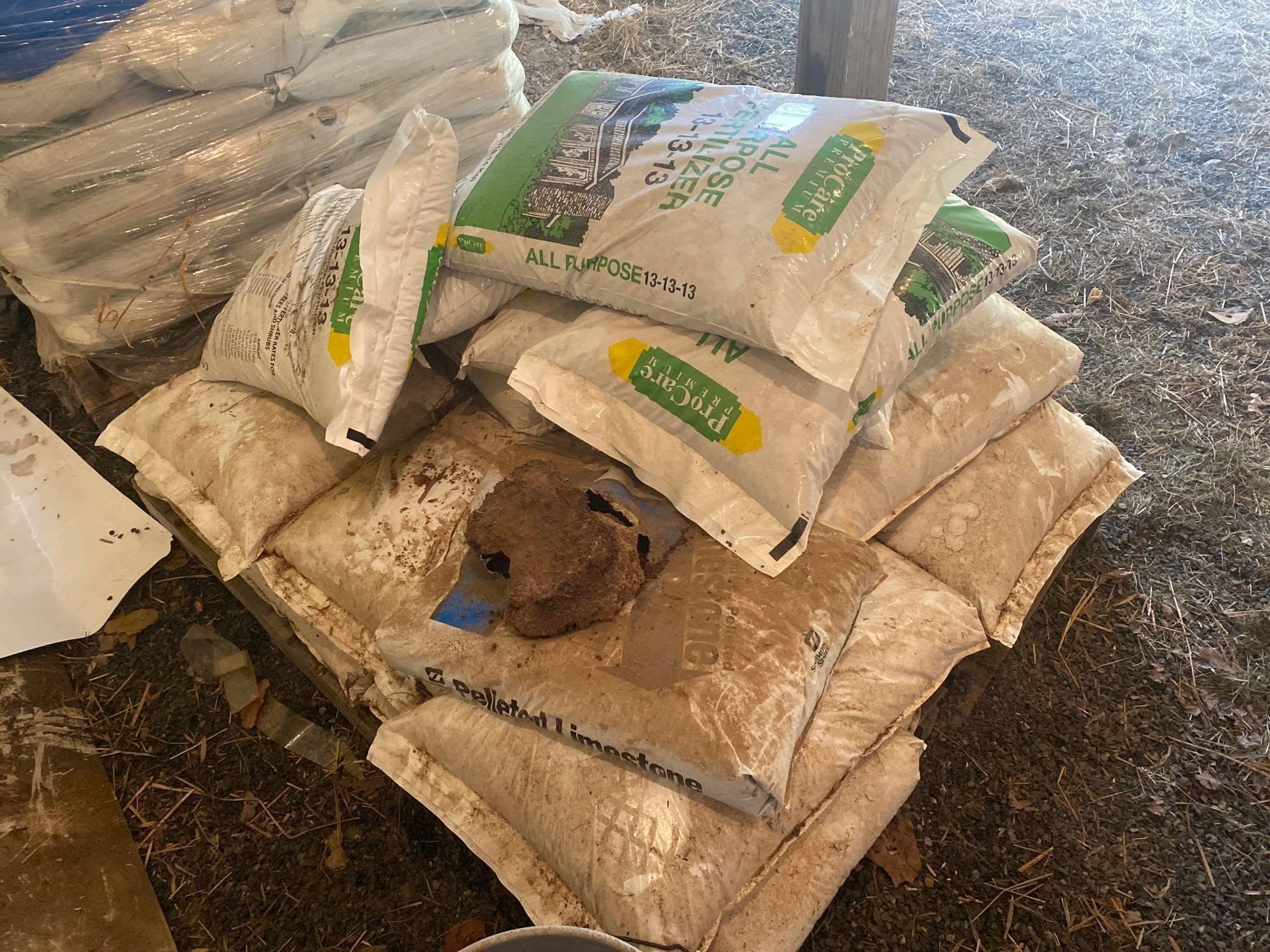
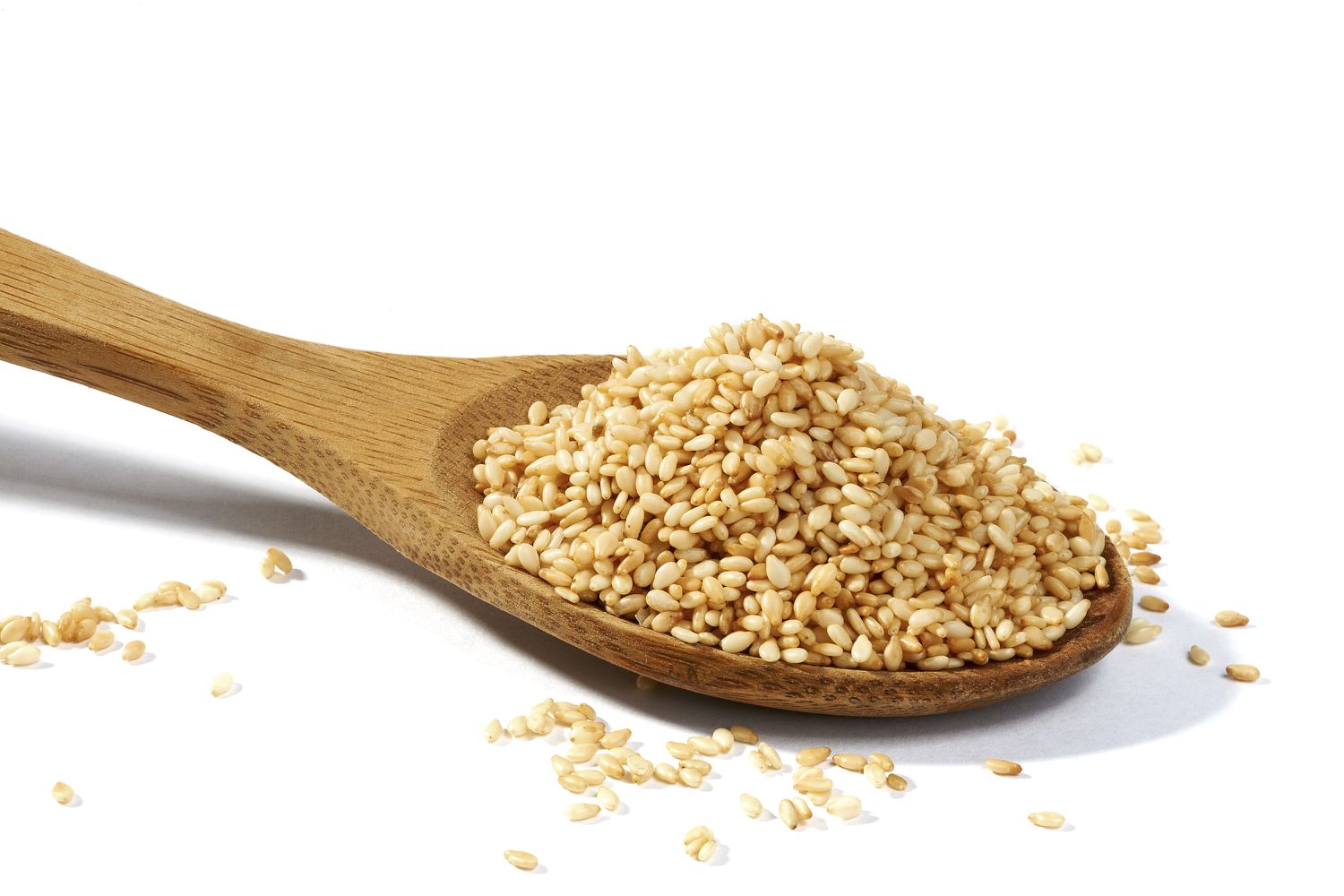
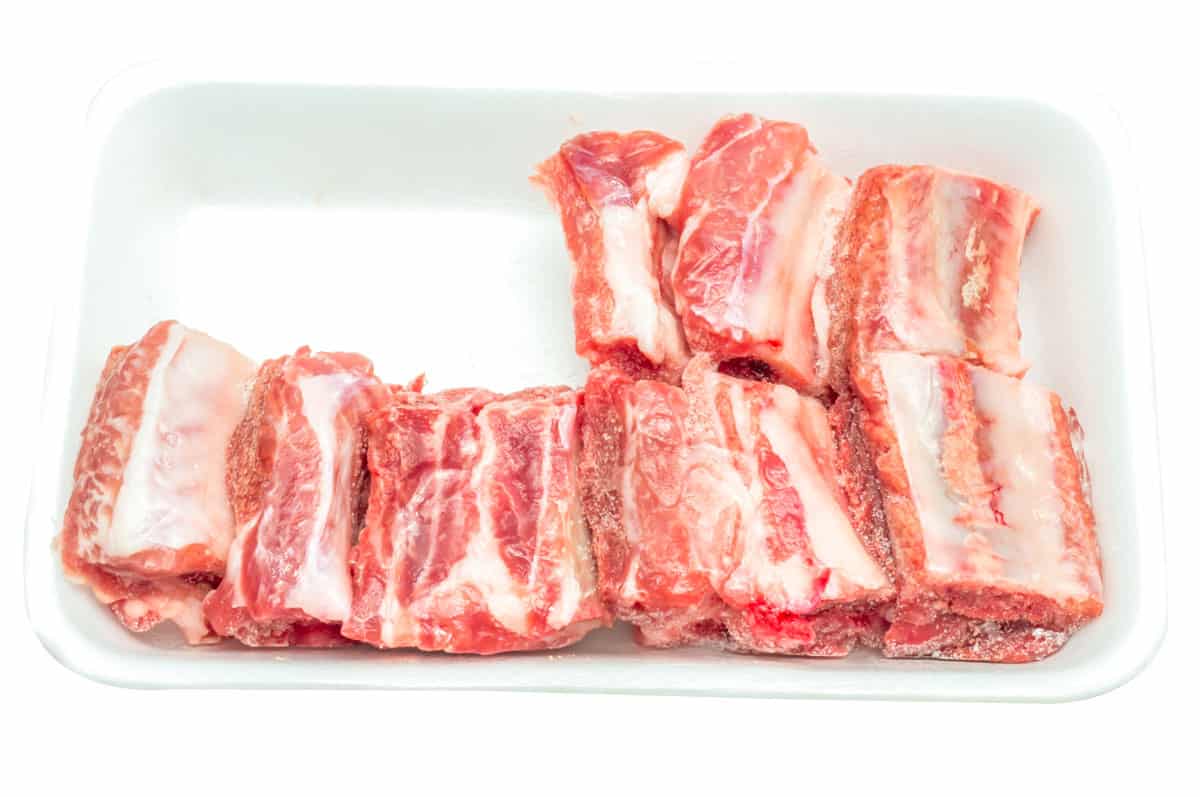
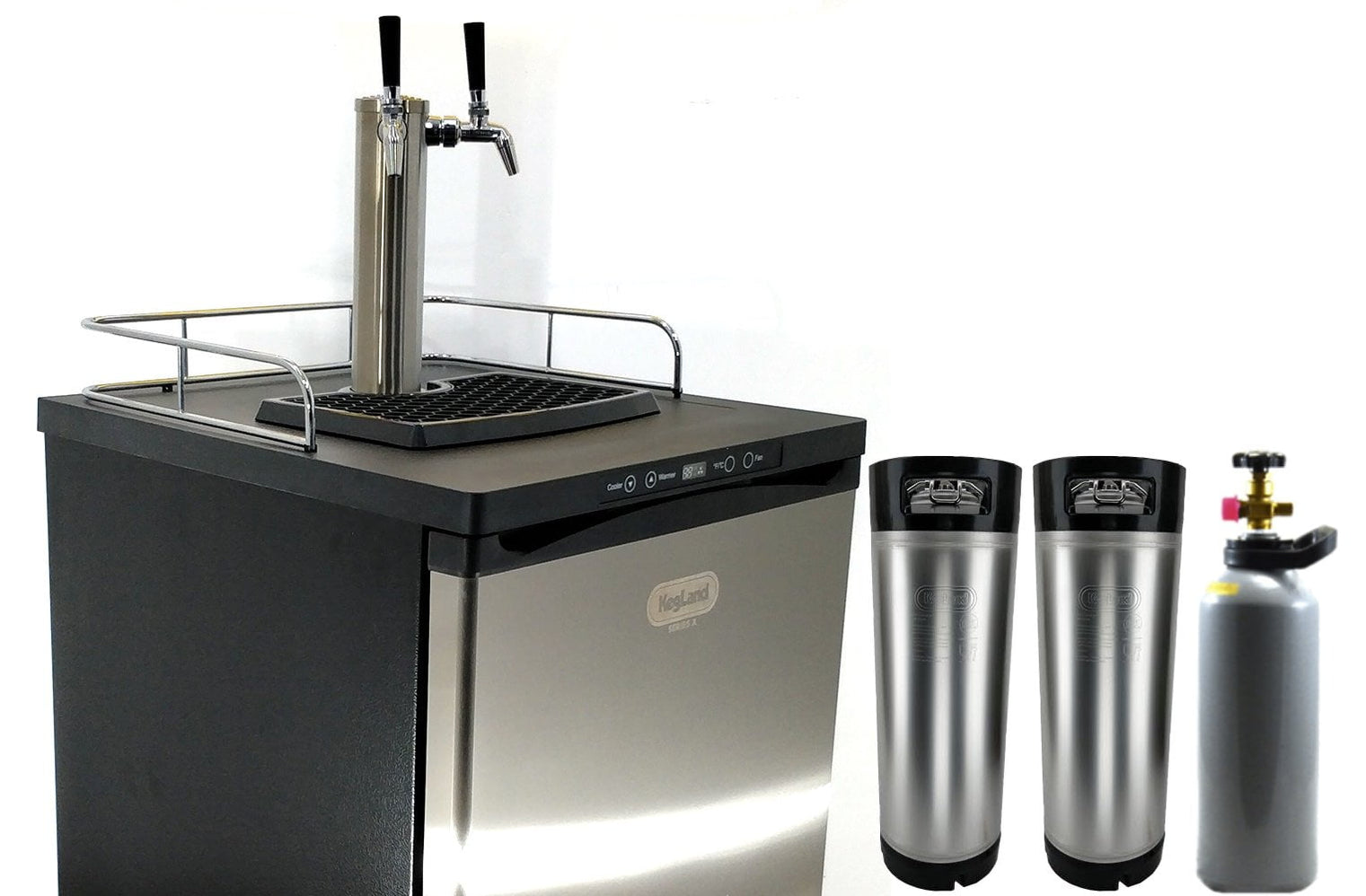
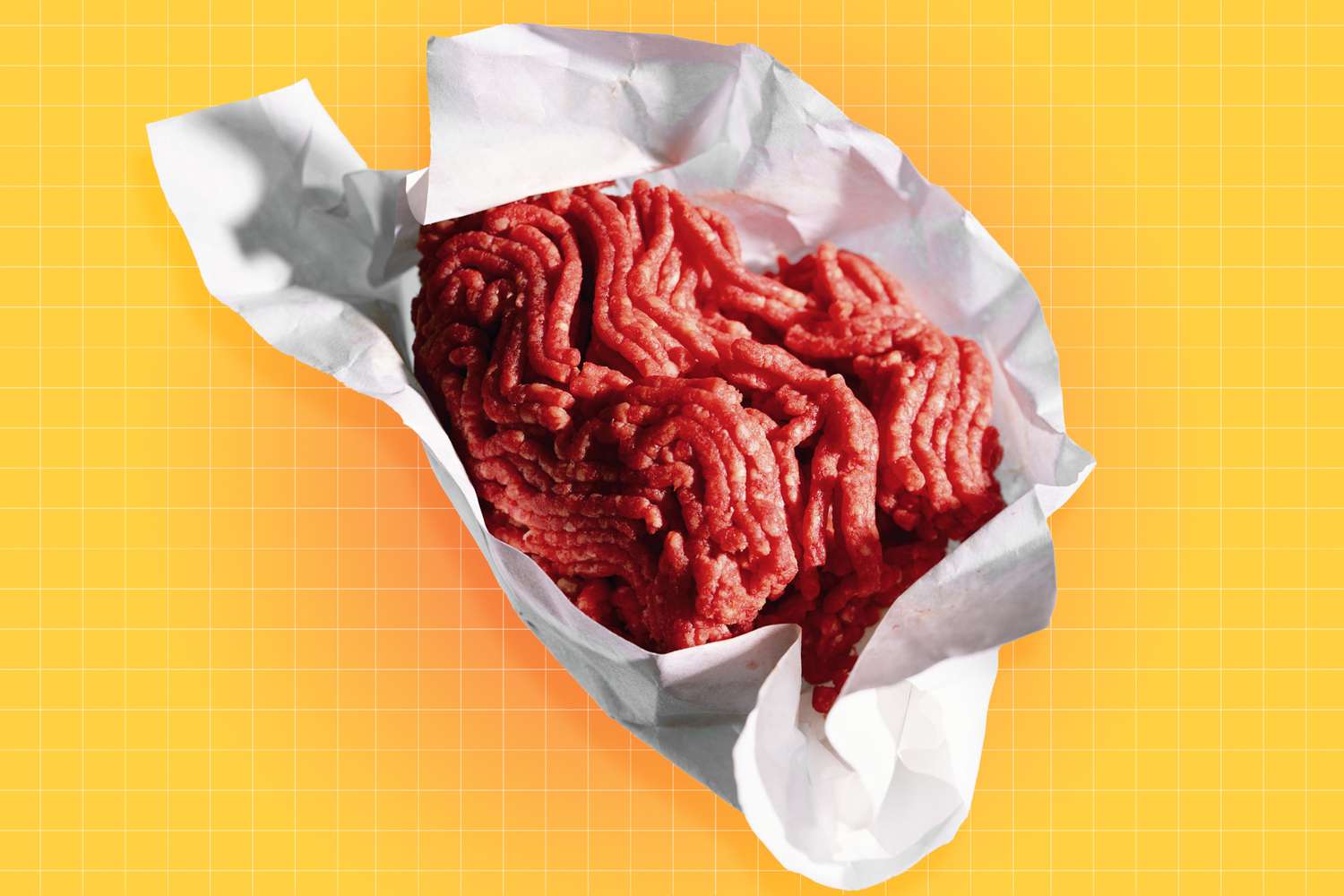




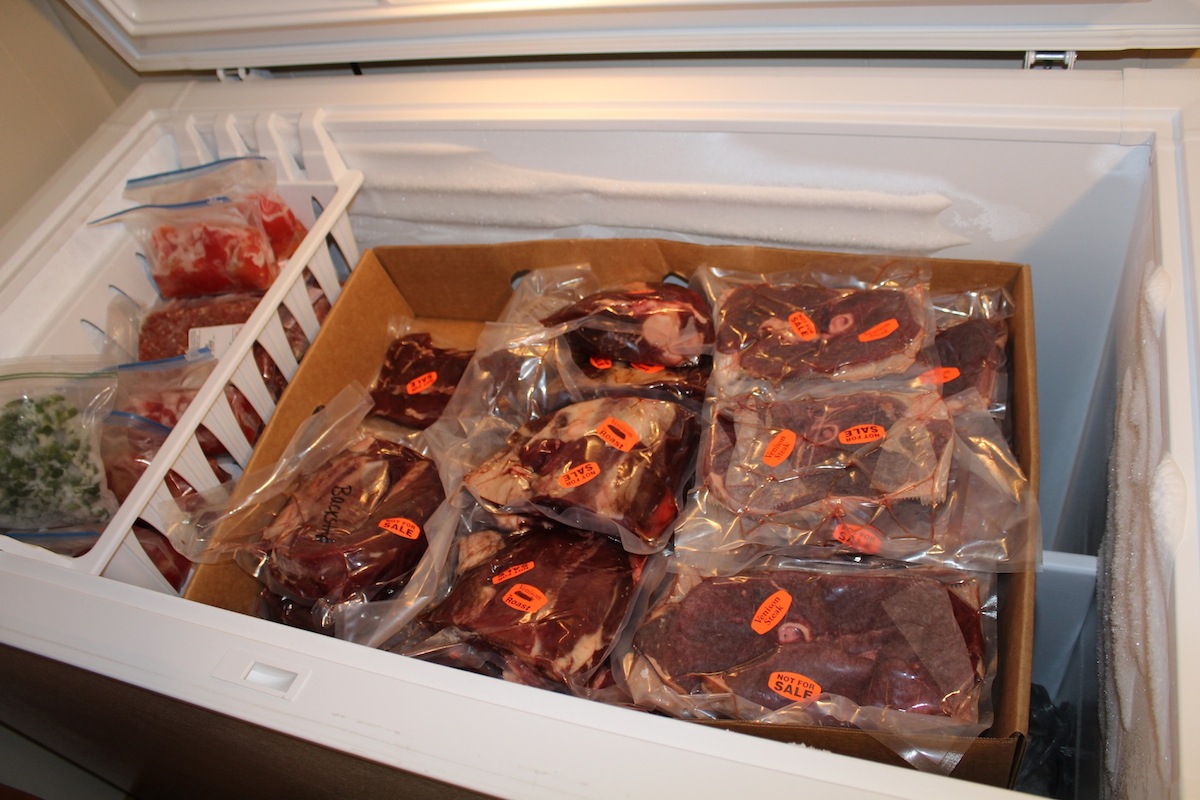
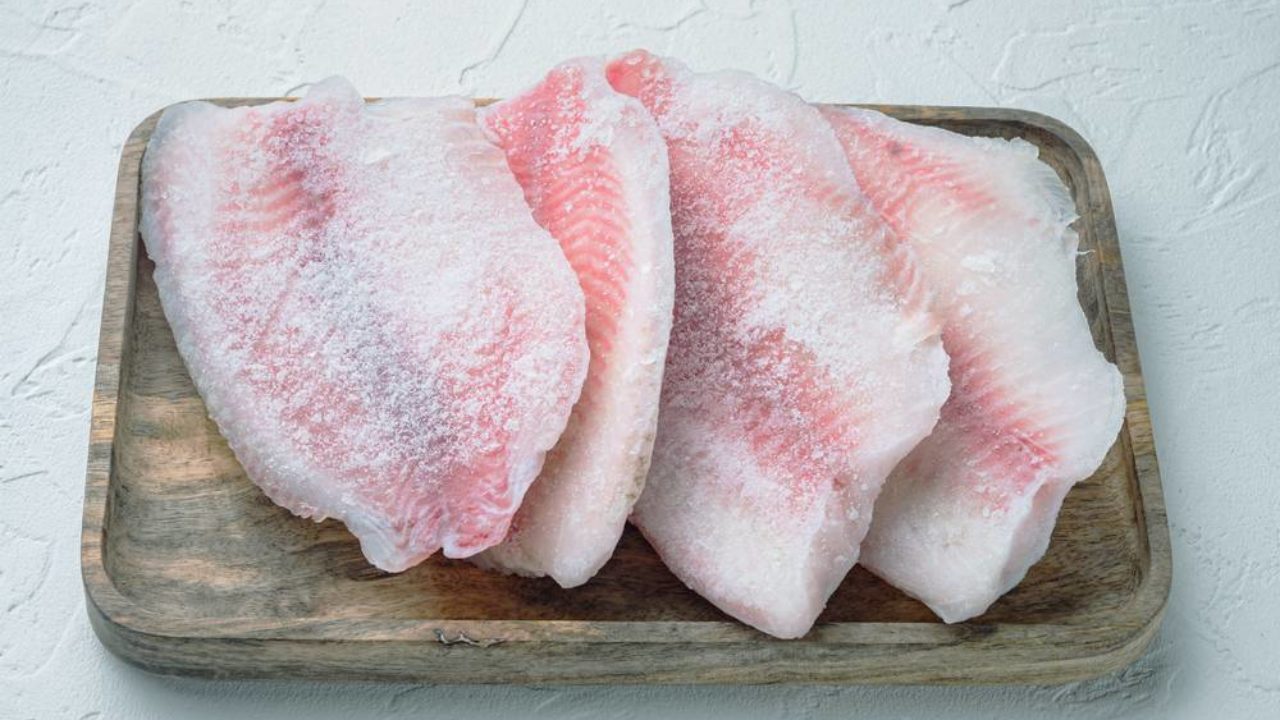

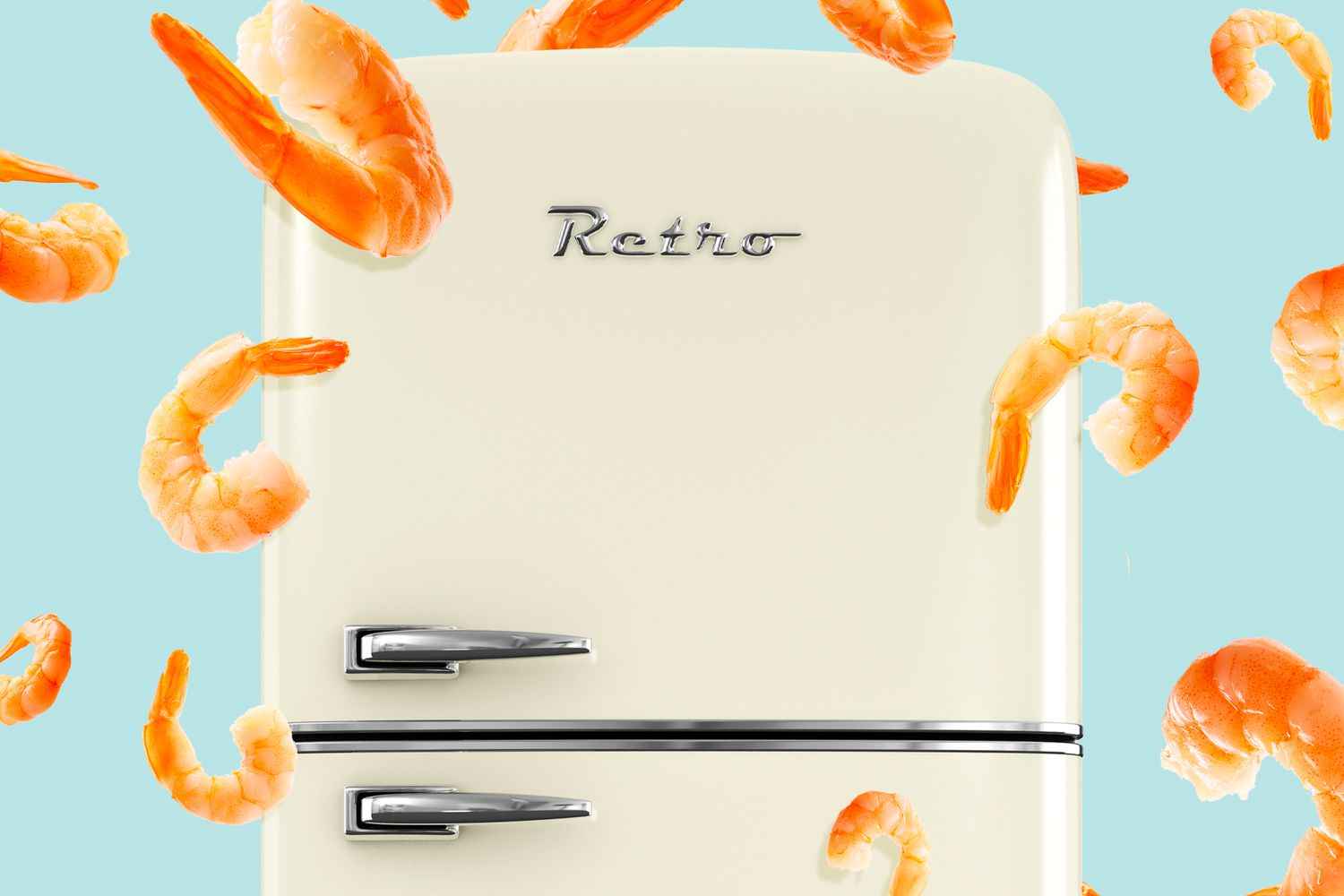

0 thoughts on “How Long Is Fertilizer Good For”